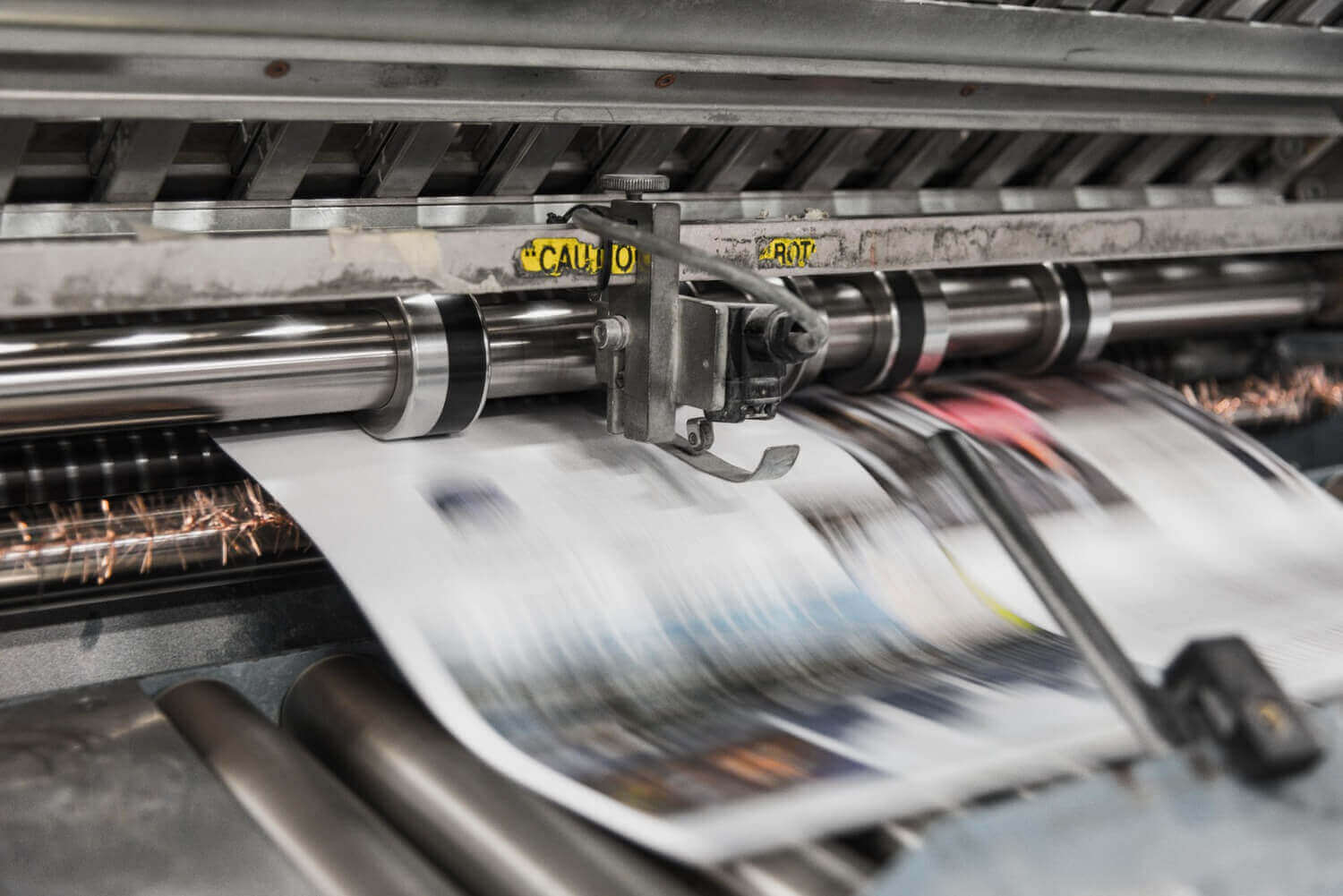Recognizing How Digital Printing Reinvents the Printing Industry
The printing market, long soaked in traditional techniques, is undertaking a radical improvement with the advent of digital printing. This cutting-edge technology, which avoids the demand for printing plates, allows quick manufacturing and customization, reshaping the landscape of print interaction. With its potential to spur interaction with individualized content and to provide lasting remedies, it's clear that electronic printing is greater than a technological development; it's a crucial game changer. How precisely does it change the industry? Let's check out.
The Development of Digital Printing: A Short Summary
Since its beginning, electronic printing has undergone substantial makeovers, continuously reinventing the printing industry. Its advancement began with the advancement of xerography in the mid-20th century, a procedure which laid the foundation for laser printers. With the advent of the 90s, electronic printing innovation started to develop, and the industry observed the intro of direct imaging presses, which removed the requirement for publishing plates. As the brand-new millennium unfolded, innovations in innovation further stimulated the growth of electronic printing, resulting in the production of high-speed inkjet printers. These gadgets offered remarkable high quality and speed, for life transforming the landscape of the industry. Today, electronic printing stands as a testament to human development, consistently advancing to satisfy the ever-changing requirements of the contemporary world.

Unloading the Technology Behind Digital Printing
Delving into the ins and outs of digital printing innovation, one runs into a rich tapestry of sophisticated equipment and facility algorithms. At the heart of this process lies an electronic photo, which is processed by software application that separates it right into a grid of dots. This elaborate system, boosted by innovative software and high-resolution imaging, has actually changed the landscape of the printing market, leading the method for extraordinary levels of detail and accuracy.

The Benefits of Digital Printing for Businesses
Comprehending the innovation behind digital printing provides a clear image of its accuracy and detail. Digital printing is environmentally pleasant, utilizing much less ink and generating much less waste. The full capacity of digital printing is understood when utilized for personalization and personalization, a subject that will be covered in depth More about the author in the following area.
The Duty of Digital Printing in Modification and Personalization
While standard printing methods fight with modification and personalization, digital printing excels in these areas. It permits for the simple alteration of layouts, without the requirement for expensive and taxing plate adjustments (print on demand). This makes it possible for companies to customize products to private over at this website customers, meeting certain requirements and enhancing consumer satisfaction
Digital printing also enables variable data printing, where elements such as message, graphics, and pictures may be changed from one printed item to the following, without reducing the printing process. This is specifically helpful for direct marketing projects, where customized messaging can considerably boost feedback prices. In this method, electronic printing not only transforms the printing industry yet likewise changes the method businesses interact with their consumers.
Analysing the Environmental Influence of Digital Printing
Although digital printing has been admired for its duty in customization and customization, it is crucial to analyze its environmental effect. Digital printing can be less wasteful than standard methods, because it runs on a 'print as needed' basis, eliminating the need for large print runs that visit homepage can lead to excess and waste. In addition, it uses less chemicals and creates much less unstable natural compounds (VOCs) contrasted to balance out printing. The power use of digital printers can be high, leading to raised carbon footprint. Additionally, using non-recyclable printing elements and the challenge of e-waste monitoring position significant ecological problems. Therefore, while digital printing has many benefits, its ecological influence must be conscientiously handled.
Conclusion
Finally, digital printing has actually transformed the printing sector, providing quick, affordable, and top quality remedies. It helps with modification, enhancing consumer engagement, and utilizes a lasting print-on-demand model. As this innovation remains to develop, its influence on company interaction, consumer fulfillment, and ecological sustainability becomes progressively extensive. Understanding these modifications is critical for companies to take advantage of the advantages of digital printing efficiently.